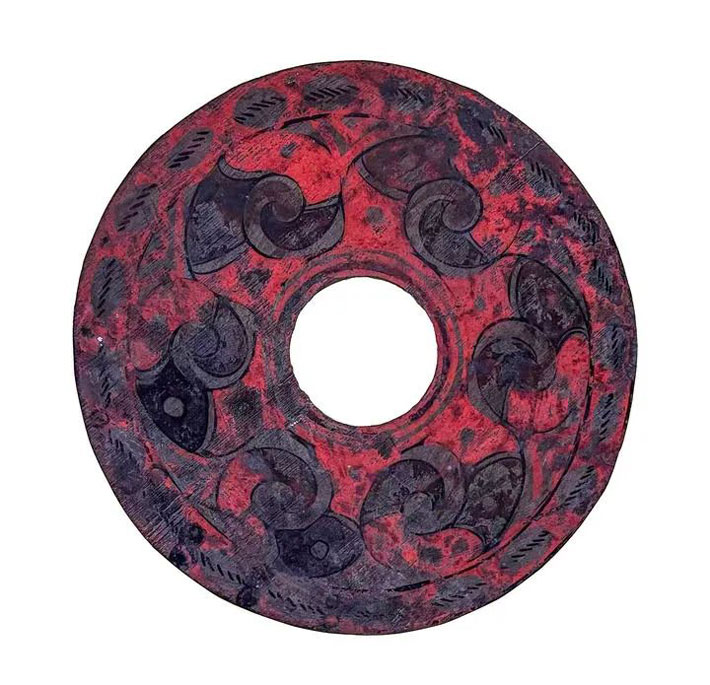 CHONGQING, CHINA—Xinhua reports that a well-preserved tomb dated to the Western Han Dynasty (206 B.C.–A.D. 9) was discovered in southwestern China, near the Wujiang River, during an investigation conducted ahead of a construction project. Huang Wei of the Chongqing Cultural Relics and Archaeological Research Institute said that more than 600 artifacts were recovered from the waterlogged tomb, including lacquerware and objects made of wood, bamboo, pottery, and bronze. “What is exciting about this discovery is not just the large number of unearthed artifacts but also the list of burial items containing a precise year record, which has been verified as 193 B.C., providing clarity on the tomb’s burial timeframe,” Huang said. The list records the name, quantity, and size of each of the funerary objects, he explained. Finally, a jade artifact in the tomb shows the prominent position of the tomb owner, Huang concluded. To read about the remains of 400 sacrificed animals uncovered in a royal tomb dating to the Western Han Dynasty, go to "Imperial Menagerie," one of ARCHAEOLOGY's Top 10 Discoveries of 2023.
CHONGQING, CHINA—Xinhua reports that a well-preserved tomb dated to the Western Han Dynasty (206 B.C.–A.D. 9) was discovered in southwestern China, near the Wujiang River, during an investigation conducted ahead of a construction project. Huang Wei of the Chongqing Cultural Relics and Archaeological Research Institute said that more than 600 artifacts were recovered from the waterlogged tomb, including lacquerware and objects made of wood, bamboo, pottery, and bronze. “What is exciting about this discovery is not just the large number of unearthed artifacts but also the list of burial items containing a precise year record, which has been verified as 193 B.C., providing clarity on the tomb’s burial timeframe,” Huang said. The list records the name, quantity, and size of each of the funerary objects, he explained. Finally, a jade artifact in the tomb shows the prominent position of the tomb owner, Huang concluded. To read about the remains of 400 sacrificed animals uncovered in a royal tomb dating to the Western Han Dynasty, go to "Imperial Menagerie," one of ARCHAEOLOGY's Top 10 Discoveries of 2023.
Intact Western Han Dynasty Tomb Uncovered in China
